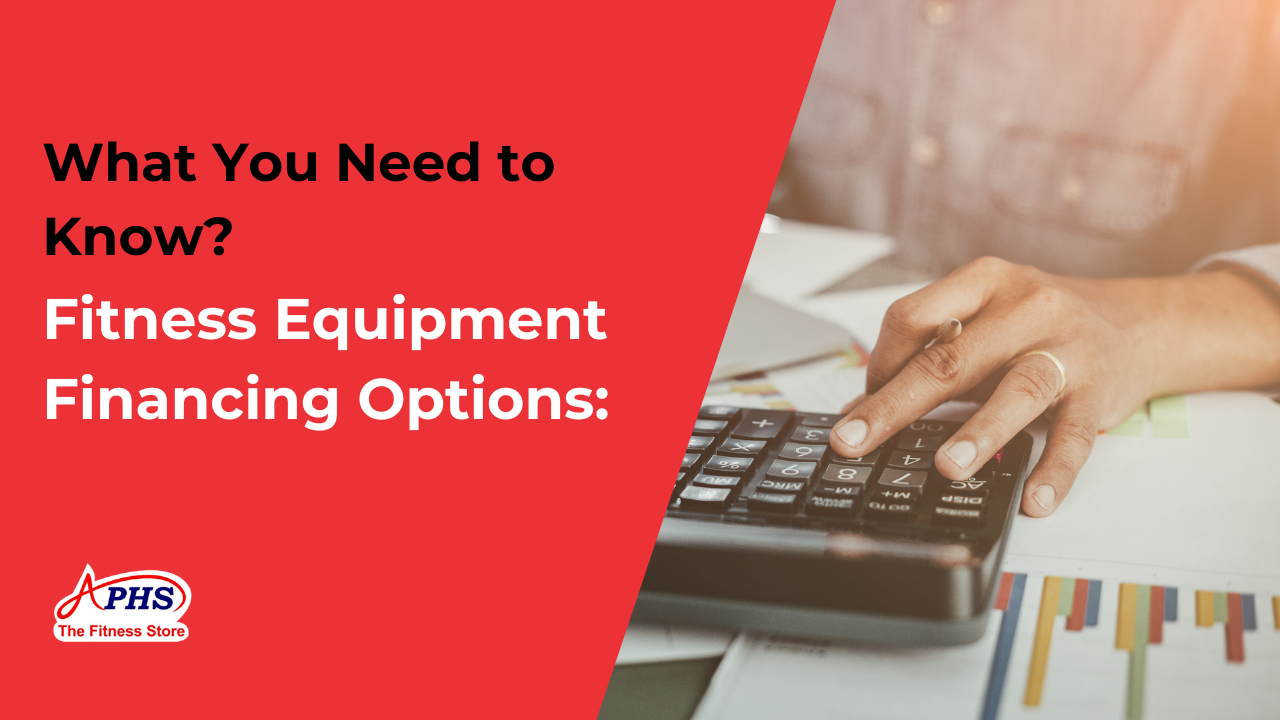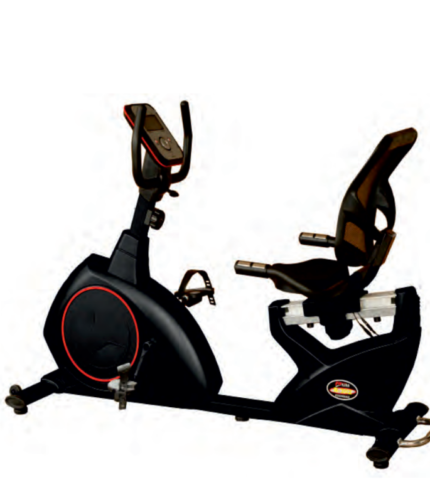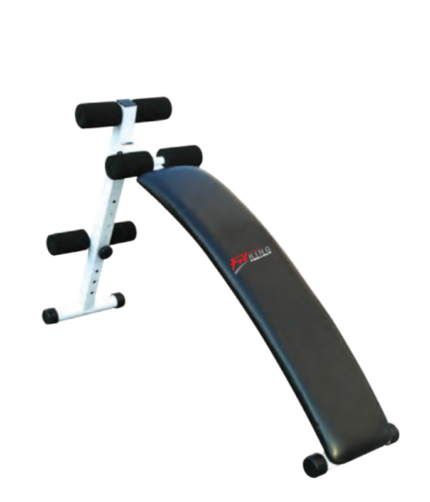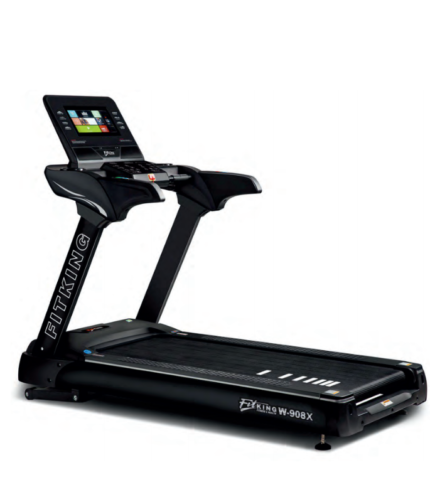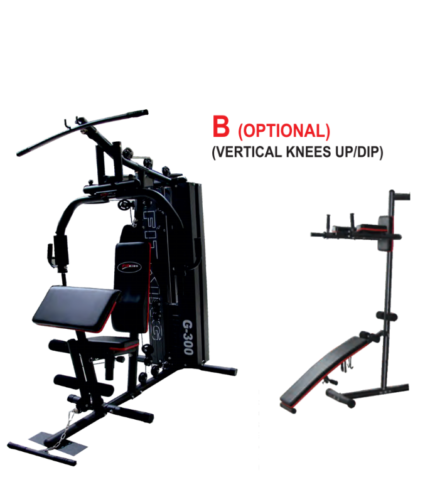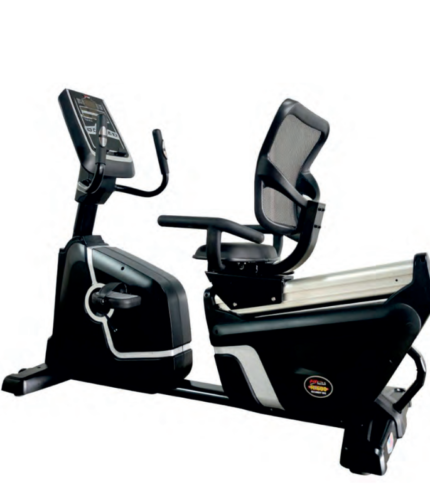Setting up a gym or upgrading your fitness equipment can be an exciting yet daunting task, especially when it comes to financing. With the rising costs of gym equipment, understanding your financing options is crucial for making informed decisions. This blog will explore various financing options available for fitness equipment, helping you navigate the financial landscape effectively.
Why Financing is Important for Gym Equipment
Investing in fitness equipment is essential for any gym owner, whether you’re starting a new facility or upgrading existing machines. However, the upfront costs can be substantial. Financing allows you to spread these costs over time, making it easier to manage cash flow and invest in other areas of your business.
Benefits of Financing Fitness Equipment
- Cash Flow Management: Financing helps maintain liquidity by avoiding large upfront payments.
- Access to High-Quality Equipment: With financing, you can afford better equipment that attracts more members.
- Tax Benefits: Certain financing options may offer tax deductions, helping reduce overall costs.
- Flexibility: Many financing solutions allow for upgrades or changes as your business evolves.
Types of Fitness Equipment Financing Options
1. Equipment Leasing
Leasing is a popular option for gym owners looking to acquire equipment without a significant upfront investment. In a lease agreement, you pay a monthly fee to use the equipment for a specified period.
Advantages of Leasing:
- Lower Monthly Payments: Leasing typically results in lower monthly payments compared to purchasing.
- Upgradable Equipment: At the end of the lease term, you can choose to upgrade to newer models.
- Maintenance Included: Many lease agreements include maintenance and servicing, reducing additional costs.
Disadvantages of Leasing:
- No Ownership: At the end of the lease term, you do not own the equipment unless you opt for a buyout.
- Long-Term Costs: Over time, leasing can be more expensive than purchasing outright if you continually lease new equipment.
2. Business Loans
Traditional business loans are another option for financing gym equipment. These loans allow you to borrow a set amount from a bank or financial institution and repay it with interest over time.
Advantages of Business Loans:
- Ownership: Once paid off, the equipment is yours.
- Flexible Use of Funds: Loans can often be used for other business expenses beyond just equipment.
- Potentially Lower Interest Rates: Depending on your creditworthiness and lender, interest rates may be competitive.
Disadvantages of Business Loans:
- Collateral Requirements: Many loans require collateral, which can be risky if your business faces financial difficulties.
- Rigorous Approval Process: Securing a loan can be time-consuming and requires meeting specific eligibility criteria.
3. Hire Purchase
Hire purchase agreements allow you to acquire equipment through regular payments while gaining ownership at the end of the term.
Advantages of Hire Purchase:
- Ownership After Payments: Unlike leasing, hire purchase gives you ownership after completing payments.
- Fixed Monthly Payments: Payments are usually fixed, making budgeting easier.
Disadvantages of Hire Purchase:
- Higher Initial Costs: Often requires a deposit or down payment.
- Longer Commitment: You commit to paying over an extended period, which may not suit all businesses.
4. Buy Now Pay Later (BNPL)
BNPL schemes allow gym owners to acquire equipment immediately while deferring payment to a later date. This option is becoming increasingly popular due to its flexibility.
Advantages of BNPL:
- Immediate Access: Get the equipment you need right away without upfront costs.
- Interest-Free Options: Many BNPL plans offer interest-free payment periods.
Disadvantages of BNPL:
- Potential Fees: Late payments can incur fees or interest charges.
- Short-Term Solution: This option is generally best for short-term needs rather than long-term financing.
5. Crowdfunding
Crowdfunding platforms enable gym owners to raise funds from multiple investors or supporters for their fitness business. This method can help gather capital without traditional loans.
Advantages of Crowdfunding:
- Community Support: Engages your community and builds loyalty among potential customers.
- No Repayment Obligations: Depending on the model (donation-based), you may not have to repay funds raised.
Disadvantages of Crowdfunding:
- Time-Consuming Campaigns: Creating and promoting a successful campaign takes significant effort and planning.
- Uncertain Outcomes: There’s no guarantee you’ll raise the necessary funds.
Understanding Financing Terms and Conditions
When considering any financing option, it’s essential to understand the terms and conditions associated with it. Here are some key factors to consider:
Interest Rates
Interest rates vary widely depending on the type of financing and your creditworthiness. Always compare rates from multiple lenders before making a decision.
Loan Terms
Loan terms refer to the duration over which you’ll repay your loan or lease. Shorter terms usually mean higher monthly payments but less interest paid overall.
Fees and Penalties
Be aware of any hidden fees or penalties associated with late payments or early repayment. Understanding these fees upfront can prevent surprises down the line.
Tax Implications
Certain financing options may offer tax benefits, such as deductions on interest paid or depreciation on leased equipment. Consult with a tax professional to understand how these benefits apply to your situation.
Choosing the Right Financing Option
Selecting the best financing option depends on various factors unique to your situation:
- Business Size and Type: Larger gyms may benefit from traditional loans due to their capacity for higher repayments, while smaller facilities might prefer leasing or BNPL options.
- Cash Flow Situation: Assess your current cash flow needs; if liquidity is tight, leasing or BNPL might be more suitable.
- Equipment Needs: Determine whether you need high-end machines that require significant investment upfront or if used equipment would suffice.
- Long-Term Goals: Consider how each option aligns with your long-term business goals—whether that involves owning assets outright or maintaining flexibility with newer models through leasing.
Steps to Secure Financing
Once you’ve chosen a financing option that suits your needs, follow these steps:
- Prepare Your Financial Documents: Gather necessary documentation such as tax returns, bank statements, and business plans.
- Research Lenders: Look for lenders specializing in fitness equipment financing and compare their offerings.
- Submit Applications: Complete applications with multiple lenders to explore various options simultaneously.
- Review Offers Carefully: Analyze loan terms, interest rates, and any associated fees before accepting an offer.
- Finalize Your Agreement: Once you’ve selected a lender and agreed upon terms, finalize your contract and begin acquiring your fitness equipment!
Conclusion
Financing fitness equipment is an essential aspect of establishing or upgrading any gym facility. Understanding the various options available—such as leasing, business loans, hire purchase agreements, BNPL schemes, and crowdfunding—can empower gym owners to make informed decisions that align with their financial capabilities and long-term goals.
By carefully considering each option’s advantages and disadvantages, assessing your unique circumstances, and preparing diligently for the application process, you can secure the funding necessary to create an inviting environment filled with high-quality fitness equipment that meets your members’ needs.
Investing in proper financing not only enhances your facility’s offerings but also sets the stage for growth and success in an increasingly competitive fitness industry!


